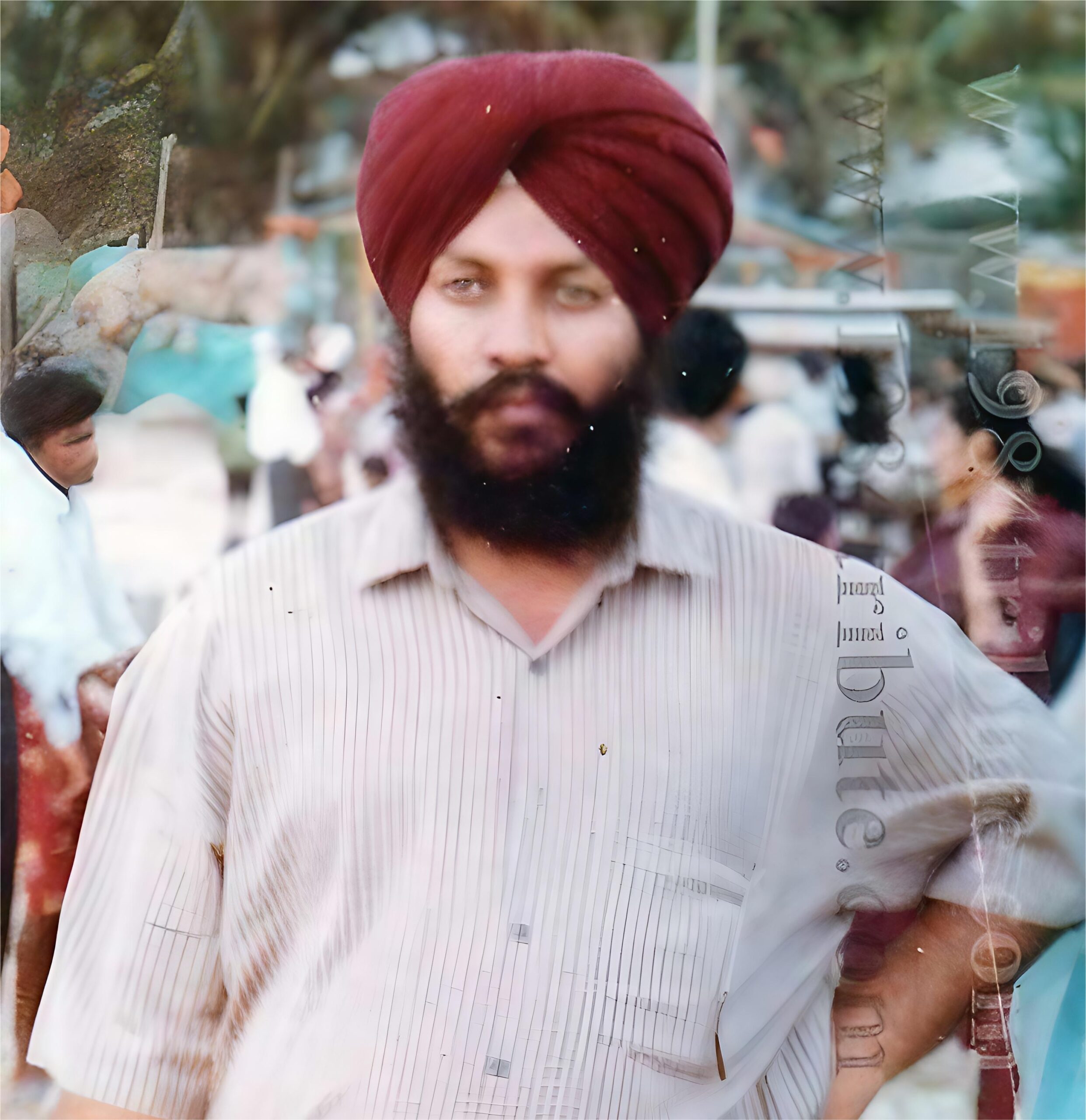In a world that often demands relentless strength in the face of adversity, self-compassion can feel like a quiet rebellion. When the weight of injustice presses hard—on individuals, communities, and children—it is not only action that sustains the fight, but a deep and rooted sense of care for oneself. In movements that seek to dismantle systemic abuse, such as the one led by Kailash Satyarthi, compassion is not just a value; it’s a strategy, a refuge, and a form of powerful resistance.
For decades, the Satyarthi Movement has fought for the rights of children who have been trafficked, forced into labour, or denied the basic freedoms of childhood. This battle against injustice is tireless and emotionally taxing. Activists and survivors alike navigate landscapes of trauma, conflict, and pain. And in this journey, one tool becomes crucial—not just for survival, but for continued courage: self-compassion.
The Quiet Strength of Self-Compassion
Self-compassion means treating oneself with the same kindness, understanding, and care that one would offer to a close friend in distress. It doesn’t mean ignoring pain or sugar-coating injustice. Instead, it allows individuals to acknowledge their suffering, validate their emotions, and offer themselves a moment of relief—even while standing in the fire of resistance.
In the context of activism and human rights work, self-compassion is often overlooked. There’s a tendency to believe that to be effective, one must constantly push, give, and sacrifice. But what happens when burnout begins to eclipse the mission? What happens when frontline workers and survivors carry unresolved grief and anger, yet are expected to remain stoic?
This is where self-compassion acts as a balm. It allows the fighter to pause. To breathe. To grieve. And then, to continue—with more clarity, resilience, and grounded purpose.
A Lesson from the Frontlines: The Satyarthi Movement
The Satyarthi Movement is grounded in justice, yes—but also in global compassion. The belief that all children deserve safety, education, and love transcends borders and legal frameworks. It is a call to human conscience. At the heart of this call lies an emotional truth: to protect others, we must also know how to protect ourselves.
Kailash Satyarthi, Nobel Peace Laureate and founder of the movement, has often spoken of the emotional toll his work has taken. He has led raids to rescue children from bonded labour and brothels, witnessed the most harrowing of human conditions, and mourned the loss of children who didn’t make it. And yet, he continues.
Why? Because he understands the necessity of tending to the inner world. Self-compassion has quietly supported the fire of his activism. Not as a retreat from action, but as a resource for it. As he once said, “Anger can give us the energy to act, but compassion gives us the wisdom to heal.”
Self-Compassion as Collective Empowerment
In movements like Satyarthi’s, individual wellbeing is not a luxury; it’s a foundation for lasting impact. When survivors of child labour are brought into safe spaces, healing is not just about shelter or education. It’s also about restoring dignity and the ability to feel again—to smile, to cry, to laugh without fear. These acts, small as they seem, are revolutionary. They are the beginnings of self-compassion.
Likewise, for the activists, teachers, volunteers, and youth leaders who make up the Satyarthi ecosystem, embracing self-compassion helps prevent emotional fatigue and moral injury. It allows them to stay present, act with integrity, and embody the values they advocate for.
In this way, self-compassion ripples outwards. It doesn’t end with the individual. It strengthens communities. It builds resilience. It transforms trauma into leadership, silence into storytelling, and pain into power.
Bridging Self and Global Compassion
There is a deep connection between self-compassion and global compassion. When people learn to show kindness to themselves, they are more likely to extend that kindness to others. They become more empathetic, more collaborative, and more motivated to act—not out of guilt, but out of a deep sense of interconnectedness.
The Satyarthi Movement stands as a testament to this truth. It brings together people from all walks of life—activists, policymakers, students, parents—who believe that no child should suffer in silence. And each of them must begin their contribution by caring for their own inner wellbeing.
Global compassion starts in the heart of each person. It’s not abstract; it’s deeply personal. And in a world fractured by inequality, conflict, and indifference, self-compassion becomes a radical tool to stay human, stay grounded, and stay committed to justice.
Conclusion : The Light We Carry
Self-compassion is not weakness. It is the quiet, resilient light that refuses to be extinguished—even when the world feels too dark. It is what allows individuals to sit with grief and still choose joy. To acknowledge injustice and still believe in change. To stumble and still rise.
In the journey of resistance—especially within movements like that of Kailash Satyarthi—this light is essential. It keeps the heart open, the mind steady, and the spirit strong.
As we move forward in the fight against child exploitation and injustice, let us remember: the revolution begins within. With self-compassion. With healing. With love.

